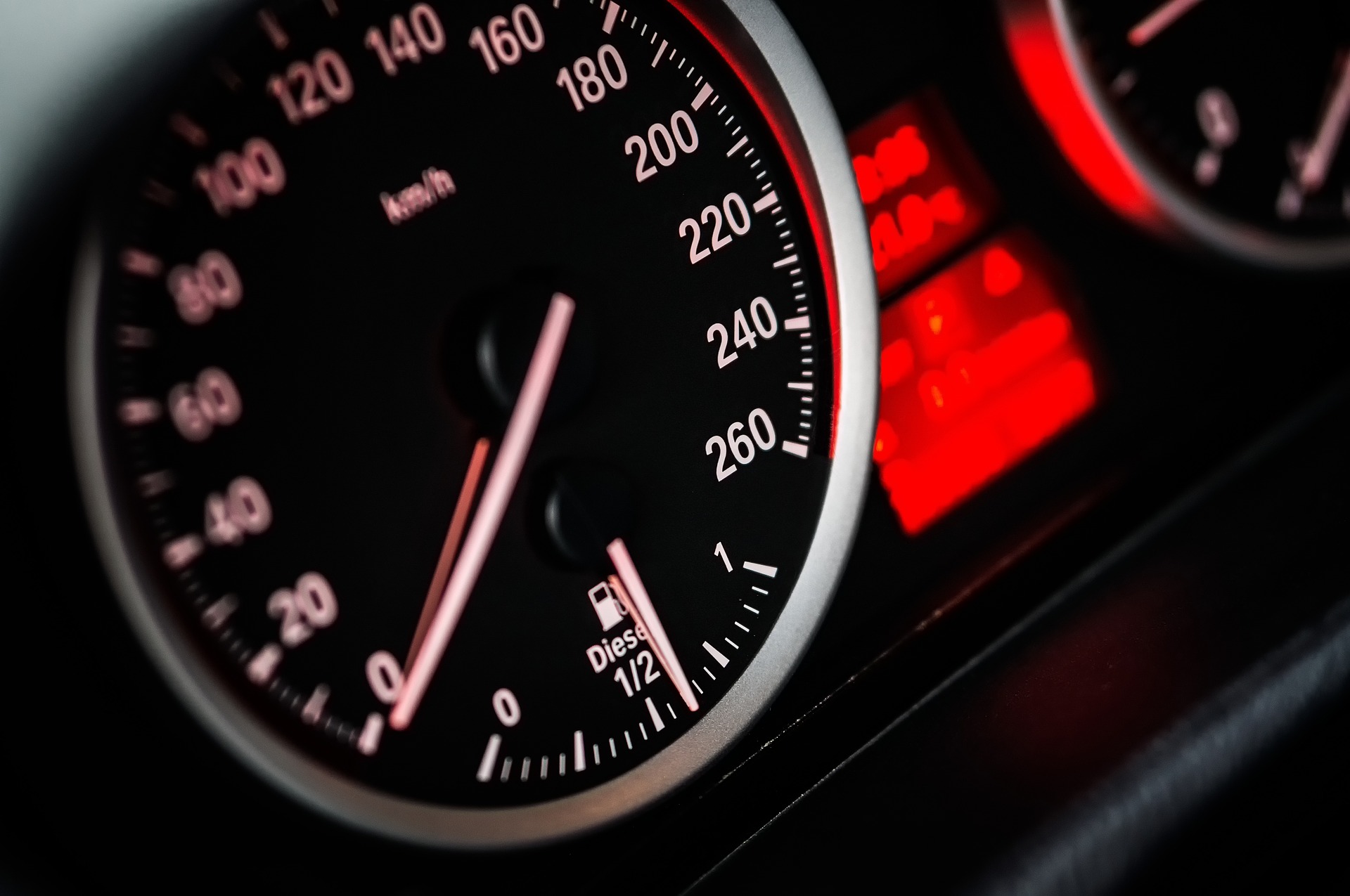High yield has been driving performance in Moneyfarm investment portfolios recently. We spoke to Yuchen Xia, one of our Portfolio Managers, to find out what it is and where the success has come from.
What is a high yield bond?
A high yield bond is a fixed income asset which is linked to investment grade corporate bonds. These are corporate bonds with a credit rating below BBB-, they were once known as junk bonds.
High yield bonds are viewed to be more risky than corporate bonds. The lower credit rating means that there is a higher likelihood of a credit event such as missing a coupon payment or not being able to pay money back. These are generally issued by start-up companies or capital intensive companies (such as energy or technology organisations). Many ‘falling angels’ exist in the high yield bond space, these are corporate bonds for companies which have had their credit ratings cut but they are still strong.
They have been around for 30-40 years and initially offered attractive rates to investors. Despite being known as ‘junk’ there is a fairly low rate of default, currently around 2-5%. Companies issuing high yield bonds might delay coupon payments but invariably pay eventually.
In 2006 high yield bonds were repackaged which made them a lot more popular. They were sold in baskets which enabled them to get a better credit rating so the pension funds started buying them. A basket of high yield bonds follows the theory of diversification, if there are ten companies in that basket it is unlikely that all ten will default, this helps to improve credibility. Now high yield bonds are available as exchange-traded funds (ETFs) which makes everything much more transparent.
Why should I invest in high yield bonds?
In the current environment high yield bonds are a solid source of income generation. There is a greater risk than investment grade bonds which means there are higher potential returns. This asset class is a good alternative to traditional ‘risky’ assets such as equity.
Now this asset class is available as an ETF the liquidity profile has been transformed, it is really easy to trade.
What function do high yield bonds serve in my portfolio?
Investment returns are largely dependent on the amount of risk you’re taking. High yield bonds pay higher coupons so by definition offer higher potential returns. When investing in equity you take on sector, country or company risk. With high yield bonds you are exposed to company risk but this is more to do with credit; the company needs to be able to pay back their debtors.
Therefore, this is a different type of risk that investors are taking and so offers a different reward. Having high yield bonds in your portfolios helps to ensure you have a fully diversified investment portfolio.
Why have high yield bonds been driving returns recently?
There are three reasons high yield bonds have been driving returns.
- There has been a recovery in energy and commodity prices. Around 40% of high yield bonds are related to the energy or commodity sector and we have seen a recovery in the oil price this year.
- Investors across the globe are hunting for yield, they’re looking for alternative drivers of performance and as they move to this asset class it pushes up the value.
- Sterling is weak and many high yield bonds are in foreign markets so sterling returns are boosted as a result of this.
What can I expect from high yield bonds in the future?
It is always difficult to predict the future but this theme is likely to continue. The market could become more crowded with investors which could push up the valuation of high yield bonds.
The European Central Bank bond purchasing programme has pushed up the value of corporate bonds. This could have a knock-on effect to high yield bonds as investors anticipate the central bank could move into this space.





